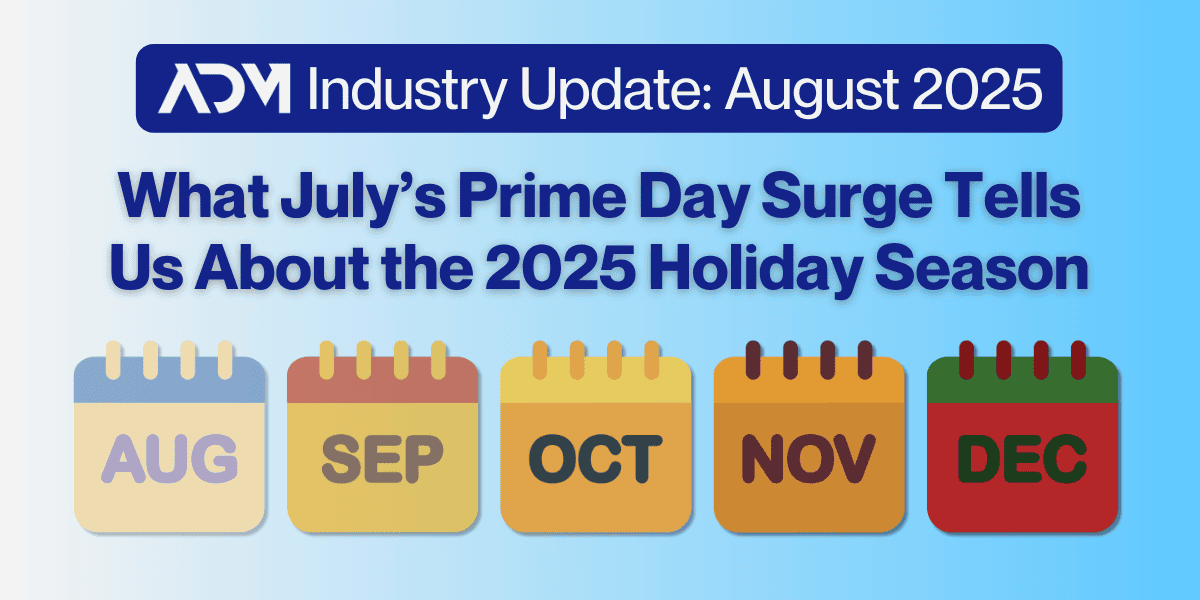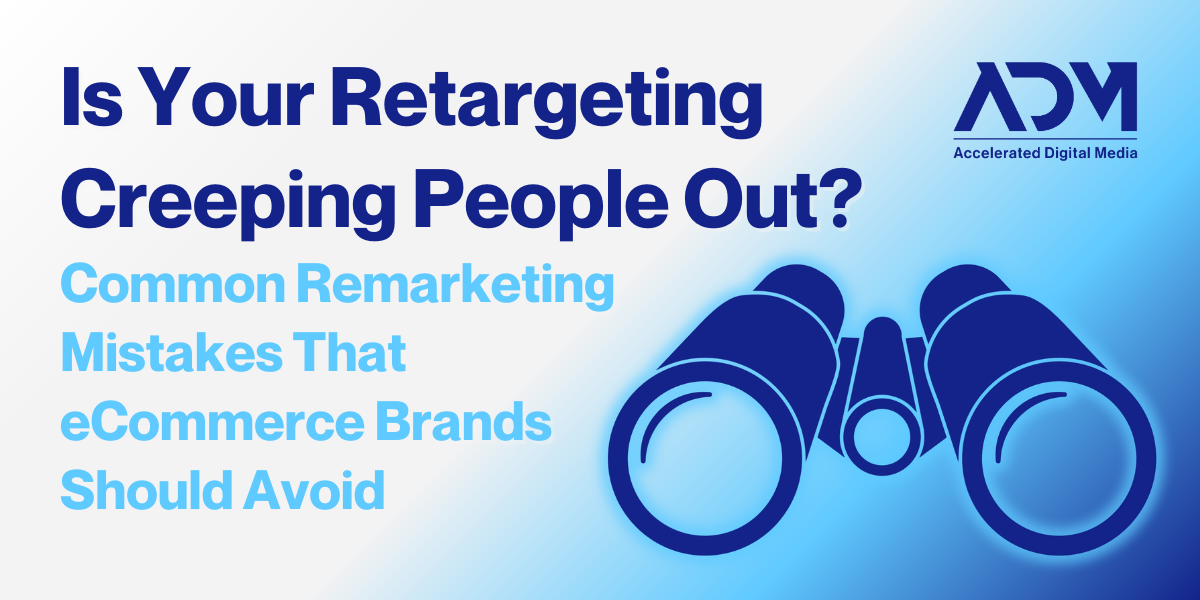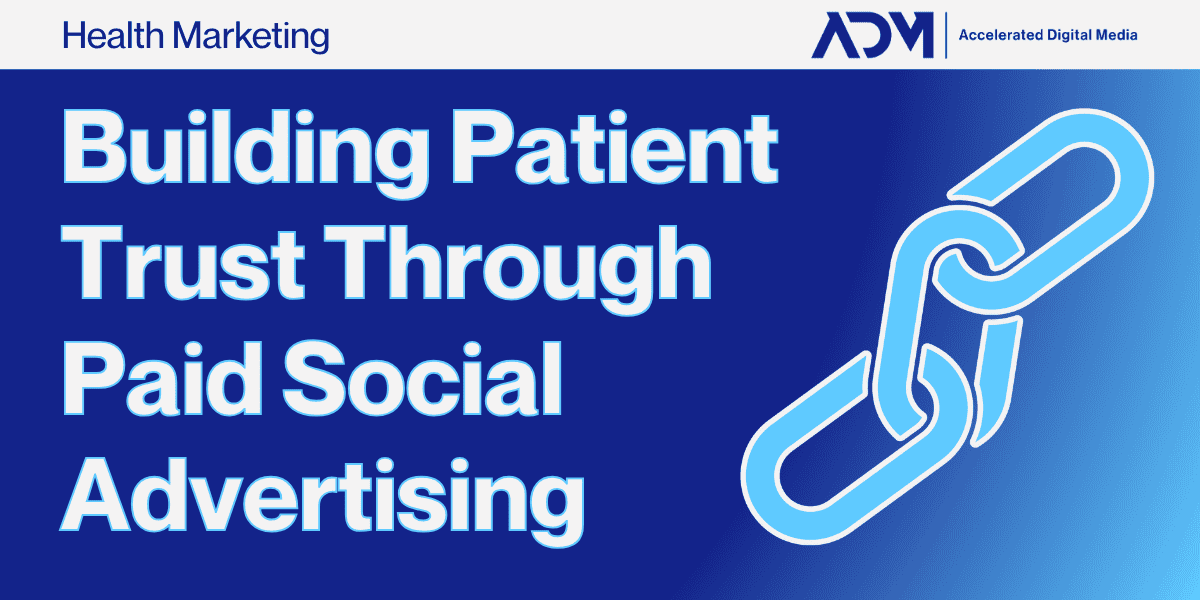As we noted in our preview for this year’s Prime Day, Amazon’s annual summer blowout event is no longer just a boon for Amazon—it has a major impact on eCommerce as a whole. For eCommerce brands, it has become something like a literal “Christmas in July” where they can get a snapshot of online sales and marketing trends in advance of the Q4 holiday season.
This year’s Prime Day was longer than previous events—four days instead of two. For the retail giant itself, initial sales were down significantly, but the overall impact was still strong due to the lengthened sales period. But in the broader eCommerce ecosystem, the stretch of July 8–11 produced over $24 billion in online sales—a 30% YoY increase. Let’s take a look at some of the trends and see what they tell us about Q4.
Familiar Behaviors, Emerging Trends
This Prime Day-related buying surge put the spotlight on a number of familiar behaviors—like mobile shopping, cross-shopping, and price sensitivity.
As Adobe for Business noted, over 50% of purchases were made on mobile. At ADM, we saw that behavior on full display across our client portfolio: daily mobile conversions jumped 90% YoY during Prime Day compared to 2024’s Prime event. We saw similar (though less dramatic) directional trends during Black Friday/Cyber Monday 2024, when one of our major apparel clients saw a 14% lift in mobile conversion growth, while desktop conversions declined 8%. The takeaway: across peak moments and verticals, mobile is where decisions happen—so optimize every part of it.
Certain product categories showed more movement than others: kids apparel and toys and some electronics and appliances saw their sales jump by over 150% during the Prime Day period compared to average daily sales in June. Looking ahead to Q4, this matters more than ever. Toys and other consumer product prices are expected to see prices rise heading into peak season. In response, 65% of U.S. moms say they’re planning to shop earlier to lock in better pricing.
That’s driven by a number of factors, chief among them being inflation and tariffs. Those concerns will continue to reshape buying habits, as consumers jump between platforms and apps to validate value before purchasing. Brands that lead with transparency, clear offers, and differentiated value will be better positioned to win in an uncertain Q4.
Prime Day 2025 was also a banner period for influencer marketing. Adobe reported that influencers drove just under 20% of online sales (paid search, for comparison, contributed 28.5%). They were also vastly more likely to drive conversions than other forms of social advertising.
Q4 Moves for DTC Brands
With these learnings in mind, there are a few takeaways that can go into your holiday 2025 marketing plan:
Launch early to capture deal-hunters ahead of peak
With consumers starting earlier to stretch budgets, your Q4 strategy should start before October. Prime Day showed that shoppers are already jumping on pricing windows—especially in categories like toys, where pricing is expected to rise closer to the holidays. Roll out promos in waves and use early returns to inform what gets pushed hardest during Cyber Week. Early buying isn’t just happening—it’s strategic. Your media and promotional calendar should be too.
Prioritize mobile UX with seamless checkout
Mobile traffic is no longer supplementary—it’s the majority. We saw a 90% YoY jump in mobile conversions during Prime Day, echoing the same shift we observed last holiday season. With buy-now-pay-later and one-click checkouts now more common, frictionless mobile experiences are essential heading into Q4. Clean up your mobile checkout, enable wallets and one-click pay, and remove any friction that could derail intent—because if your site isn’t ready, someone else’s is.
Lead with value and transparency across creative and copy
Prime Day reinforced just how actively consumers are hunting for value and bouncing between platforms to find it. Shoppers are comparing across tabs and apps—so do what you can to help them decide. Show pricing, discounts, perks, and shipping timelines clearly to win trust and speed up decisions. Value-forward creative helps convert by earning the benefit of the doubt in a crowded feed.
Test into AI-powered search while behavior and formats shift
Google continues to reshape how consumers interact with search—AI-generated summaries, evolving Shopping layouts, and new ad surfaces are changing the flow of discovery. Use Q3 to test the new AI Max campaign type on Search while competition is still light, and pair it with channel-level PMax reporting to understand how automation is driving visibility across placements. The sooner you validate the newest tools, the better-equipped you’ll be to incorporate them into your Q4 strategy.
Elevate creative that connects emotionally and performs tactically
Holiday marketing is saturated—what you say and how you say it matters. Pro tip: UGC, UGC, UGC. Lean into UGC-style assets that feel personal, honest, and value-oriented. Even though it’s far from a new tactic, Prime Day showed that influencer content didn’t just move product—it outperformed traditional social ads. Lead with clarity, visual relevance, and intent-matching creative that feels human and promotes value where it counts. Showcase benefits clearly, but let real people carry the message.
2025 Holiday Marketing Plans Should Already Be Underway
In digital marketing, no one can claim the holidays snuck up on them—they’re the main event, often making or breaking many brands’ entire years. Prime Day has emerged as a rare online event that mimics the frenetic daily pace of the holiday sales season, so it’s worth investigating your own performance from last month to see what lined up with the wider industry trends—and didn’t.
Did your mobile performance soar, or did an influx of users fail to produce an equivalent spike in conversions? If the latter, you may have some site or checkout flows to address. Did you run promotions during the Prime Day rush—as many brands now do? Did they stimulate sales of some products, but not others? Your hottest sellers during this period might be premonition of what’s to come when Q4 rolls around.
This could be a surprising and turbulent Q4. Pairing a solid review of your Prime Day-week and Q4 2024 performance with a firm understanding of new features and ongoing market trends will be the best way to succeed during the coming season. If you’re looking for a partner that can help you better analyze and strategize around your strengths, don’t hesitate to reach out to the team here at ADM.




